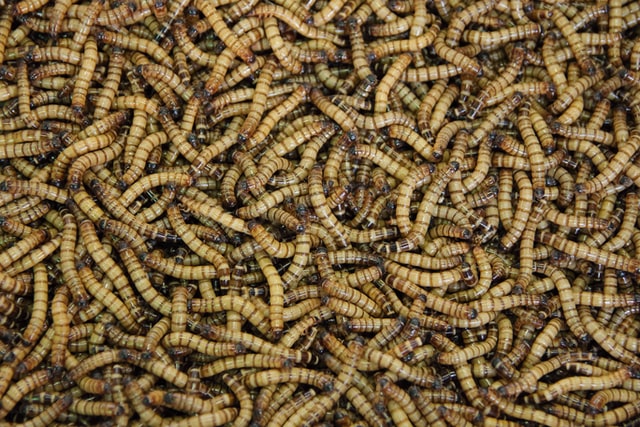Vaccine hesitancy is on the rise all over the world in the wake of the COVID-19 pandemic, which has led to an uptick in Victorian diseases that once plagued humanity throughout the 19th and early 20th Century, including gout, tuberculosis, malnutrition, whooping cough, measles, scurvy, typhoid, scarlet fever, diphtheria, mumps, rickets, cholera. Thousands of patients have been admitted with preventable diseases in the U.K., and experts say misinformation and the increasing politicization of vaccines are largely to blame.
Dickensian Diseases “Bounce Back”
The number of people diagnosed with potentially deadly Victorian diseases has reached a five-year high, according to the National Health Service. Data shows that patients in England were diagnosed with one of 13 Victorian diseases when admitted to hospital on 421,370 occasions from 2021-2022.
Case numbers for these diseases were up 25% compared to hospital admissions in 2020-2021. Patients now face the greatest risk of catching Victorian diseases since 2017-2018, when these numbers were first recorded. In total, there were 229,888 cases of gout diagnosed in the year to March 2022 (up 23% from the year before), 174,933 cases of vitamin D deficiency (up 28%), 10,282 cases of malnutrition, 4,663 cases of tuberculosis, 423 cases of rickets, 520 cases of scarlet fever, 188 cases of scurvy, and 162 cases of typhoid fever.
There were also 159 cases of mumps, 56 cases of whooping cough, 34 cases of measles, 49 cases of diphtheria, and 13 cases of cholera.
These diseases were the leading cause of death during the Victorian Age in England, 1837 – 1901. Their impact and spread have since been contained thanks to modern healthcare, vaccines, proper hygiene, public sanitation, and clean water and food, but health experts say they never really went away.
Stephen Baker, a professor of microbiology at the University of Cambridge, said it was “amazing that in 2021 people are still getting scurvy” and that was mostly due to “really poor diet”. But most importantly, many of these diseases are preventable through vaccination, including measles, whooping cough, diphtheria, and mumps.
The European Centre for Disease Prevention and Control defines vaccine hesitancy as the “delay in acceptance or refusal of vaccines despite availability of vaccination services.” The agency says vaccine hesitancy is complex and context specific varying across time, place, and vaccines. It includes factors such as complacency, convenience, and confidence.
“These are all completely vaccine preventable, particularly with measles which is super transmissible,” Baker added. “Often you get these communities with a lot of anti-vaxxers, and they often get outbreaks of measles and mumps with people that refuse to have themselves or their kids immunized.”
Doctors are urging parents to watch out for possible symptoms in children.
Many people canceled regular doctor’s appointments during the COVID-19 shutdown, which likely decreased vaccination rates. Fewer parents also vaccinated their children for common diseases while school was out of session.
But Baker warns that if a large portion of children remain unvaccinated “post-covid”, there will likely be a peak in cases.
“If we stop immunizing our children, then we go back to the Victorian era,” he said. “We look upon these things as a bit of a thing in the past because they are a thing in the past, not because we’ve got rid of them. It’s because we’ve controlled them through immunization. If we take away vaccines, they will bounce back.”
Other experts believe people’s immune systems may not be equipped to fend off diseases after two years of staying mostly indoors.
“This is since the removal of COVID-19 restrictions and the move closer to pre-pandemic levels of social mixing,” said Cllr Maureen McLaughlin, cabinet member for public health and wellbeing. “While there could be a variety of factors driving this, our reduced exposure to bacteria and viruses during the pandemic may mean that we are experiencing an immunity deficit to some illnesses, leading to a higher susceptibility of infection.”
Doctors have been sharing information with parents and schools in parts of Northern England where these diseases appear to be on the rise to help stop the spread.
Symptoms of scarlet fever include fever, sore throat, swollen neck glands, and a bumpy, rough feeling rash that usually appears on the chest and tummy after 12 to 48 hours. Other symptoms include a white coating on the tongue, which peels after a few days, leaving the tongue red and swollen, known as “strawberry tongue”.
Parents that detect these symptoms in their children should call their doctor for more information.




